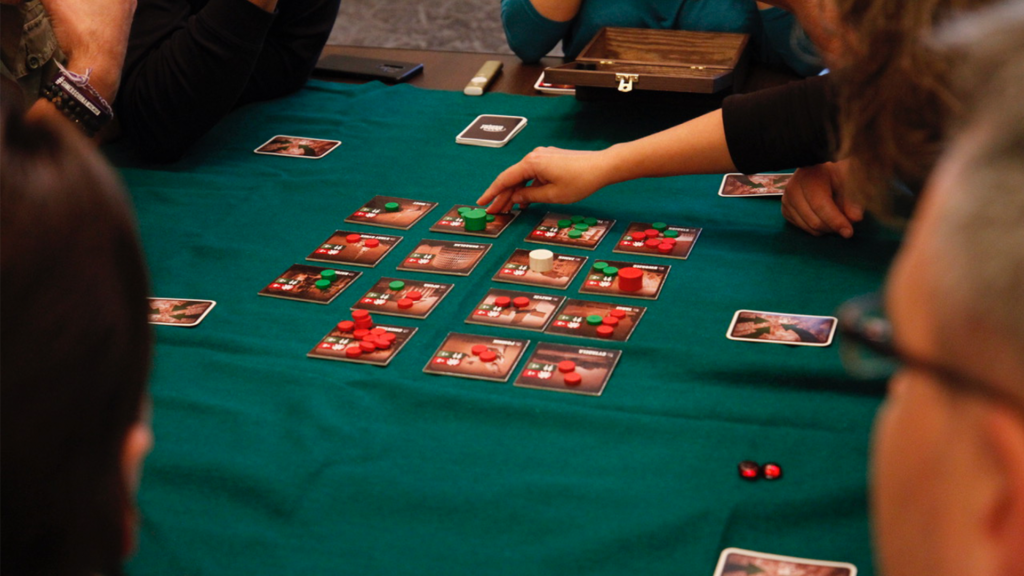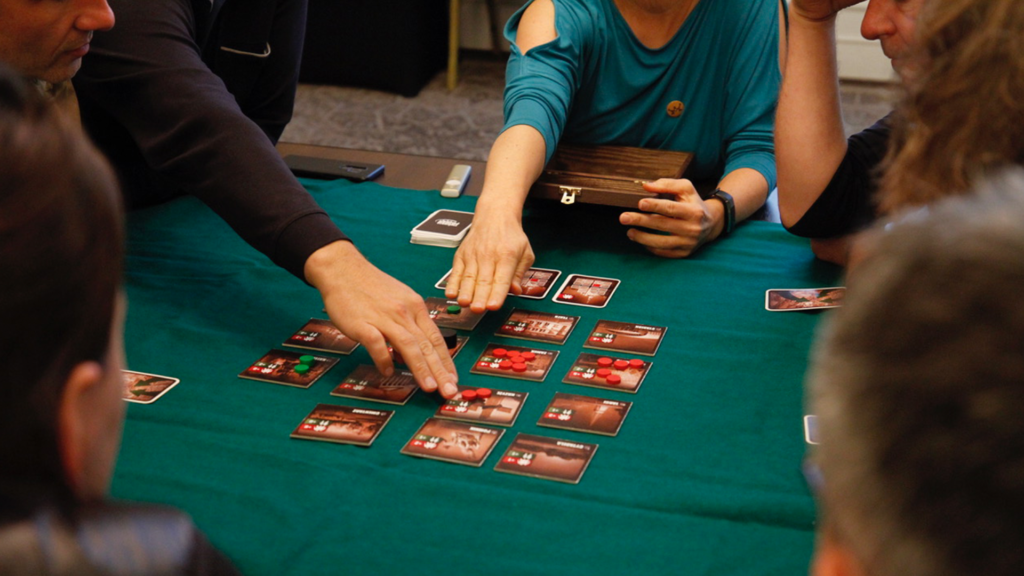Kingmakers supports coaches, mentors and leaders. We support leaders both individually and as a team by conducting the processes of team coaching . I want to write a few more words about the latter today inspired by sessions with the marketing management team at a very large organization (together with Agnieszka Kropacz, whom I thank for her partnership in this process).
What is team coaching for?
To increase their efficiency. Teams are established to carry out tasks. In the maze of priorities, the constant lack of time and the changes they need to respond to, teams do not always find the time:
- to, as Stephen Covey put it, “sharpen the saw,” that is, to take care of oneself, the well-being of team members and the relationships between them,
- to make sure that as a team they have a coherent and shared vision of what they are to achieve
- to realize what strengths they have in the team and whether everyone has a chance to do what they do best in the team
- to get an idea of how they, as a team, function in the system of the entire organization and how it serves them.

What could result if the teams do not allocate time for the above?
- First – efficiency lower than the team’s potential indicates.
- Second – Ambiguity about priorities.
- Third – inconsistency of message (inside and outside the team).
- Fourth – Lack of or too little support within the team and a low sense of being one team and a poor atmosphere.
- Fifth – conflicts or disagreements within the team and with other functions.
- Sixth – Lack of trust, avoidance of responsibility, a blame-seeking attitude.
- Seventh … I could multiply, and at the same time I have the feeling that everyone has experienced some of these elements at some stage in their career, and some of us have experienced all of them.
How do we implement coaching for teams?
Talking with clients, we often get the question – is what such coaching actually looks like. How does it proceed?
Preparation Phase:
- In the preparation phase, we invite team members to look at themselves individually by suggesting development tools (indicating behavioral preferences, personality types, talents, etc.) that increase self-awareness. Team members receive reports along with an individual coaching and development session. If the organization has reports made earlier – we use this resource. The team may also decide to use a diagnostic tool that helps assess how the team is performing in the areas of goal achievement and relationships. This tool used in the debriefing phase of the process can be one way to evaluate the effectiveness of coaching.
- We contact team coaching participants (as well as sponsors and HR) to gather accurate data for a needs analysis.
- If possible, we arrange to observe the team in the working environment (e.g. An internal operational or other meeting that gives you a chance to observe the interactions and the way the team works (called shadowing)
Implementation phase – sessions:
- At the first session, teams have the opportunity to deepen their relationships by getting to know each other better, sharing knowledge of each other’s preferences, strengths, areas for development. They have a chance to express their expectations to other team members and arrange for support in specific areas and situations. They talk about what they want to pursue as a team in an in-depth way supplementing the business perspective with a leadership and relational aspect. They check whether they have the right resources to achieve the goal, and if not, they determine how to replenish them. They agree on the principles that they want to follow in the team and that affect their commitment. They discuss the reality in which they operate while realizing what kind of system the organization is and what role they play as a team in this system. Examine the possibilities and options for further development of the team, which will support the realization of the goals for which the team is established. Finally, they set their priorities and next steps with the people who will be responsible, specific actions and specific dates.
- The wide range of topics means that the first meeting, for proper effect, should be 2 days. Subsequent sessions (as needed) can be shorter in duration and directed at specific topics the team wants to address (e.g., team communication, giving and receiving feedback, building trust, conflict resolution styles, etc.).
Summary phase:
Team coaching ends with an evaluation of the results. The team has a chance to evaluate the path it has traveled, appreciate its progress and decide how it wants to function in the future.

Is team coaching effective?
lients sometimes ask us if we see results from team coaching, somewhat doubting the method and/or being aware of specific team issues. I then reply that I have yet to see a team fail to benefit from team coaching in a significant way. Sometimes it’s more evident in streamlining operations, sometimes it’s more evident in improving the climate of cooperation, increasing empathy, valuing diversity. All this translates into increased efficiency.
The team after team coaching is like the mind in a statement by American writer and philosopher Oliver Wendell Holmes. “The mind, once stretched by a new idea, never returns to its previous size.”
I end the entry with a quote from Covey by relating it to the context of the tasks that organizations set for teams , but also the surprises and negotiations when we talk about the opening team coaching session, which lasts 2 days.
Imagine that you have come across someone in the forest who is frantically cutting down a tree.
– What do you do? – you ask.
– Can’t you see? – replies with impatience. – I cut down this tree.
– You look finished! – you exclaim. – Have you been doing this for a long time?
– More than five hours,” he replies. – And I’m beat! It’s hard work.
– Maybe take a little break and sharpen your saw? – you propose. – It would certainly have gone faster then.
– I don’t have time to sharpen the saw,” the man replies firmly. – I cut down the tree.
Source: S. R. Covey, 7 habits of effective action, Poznań 2012